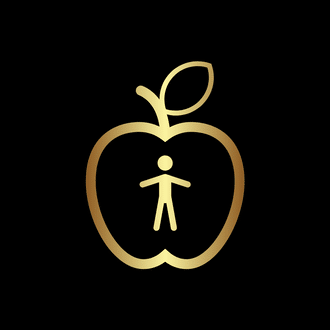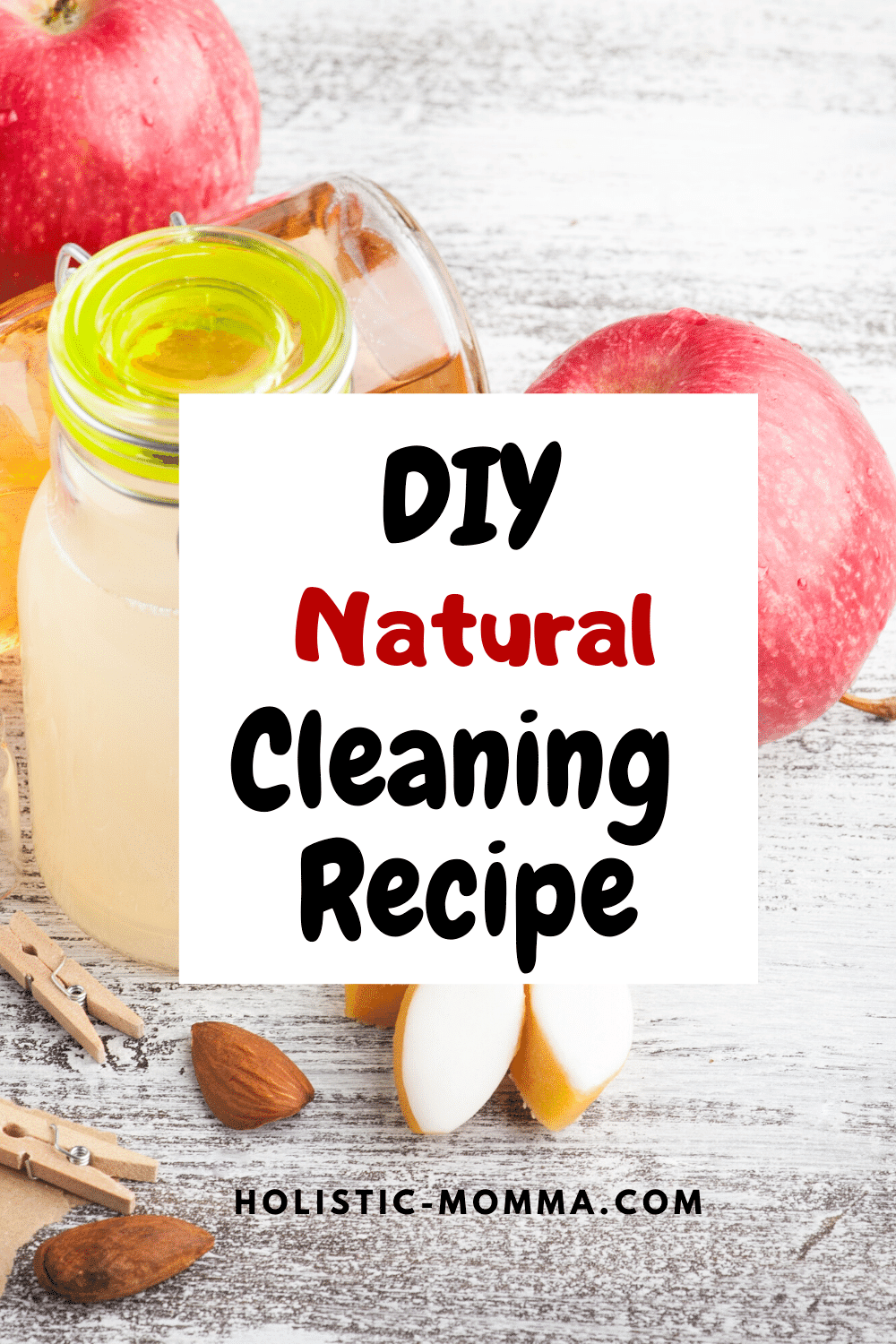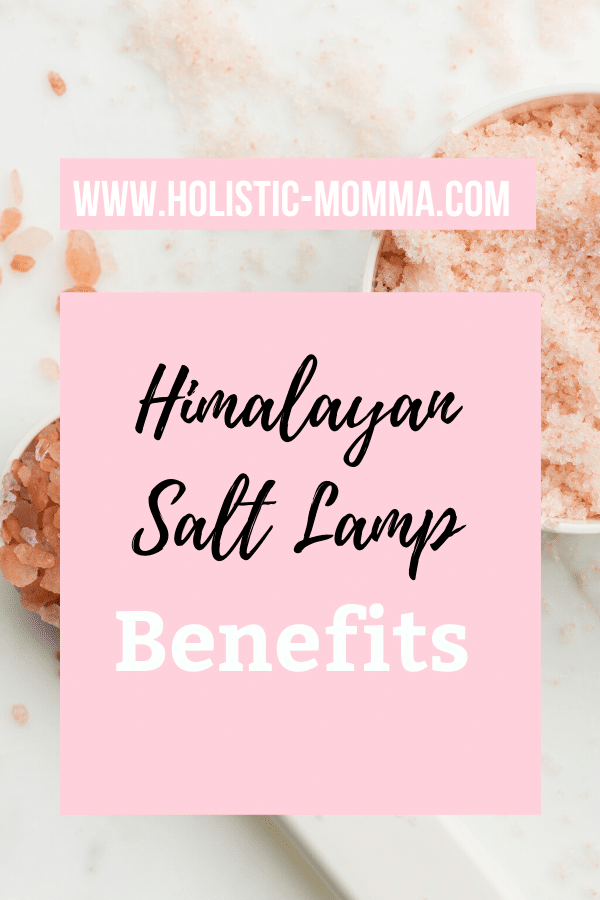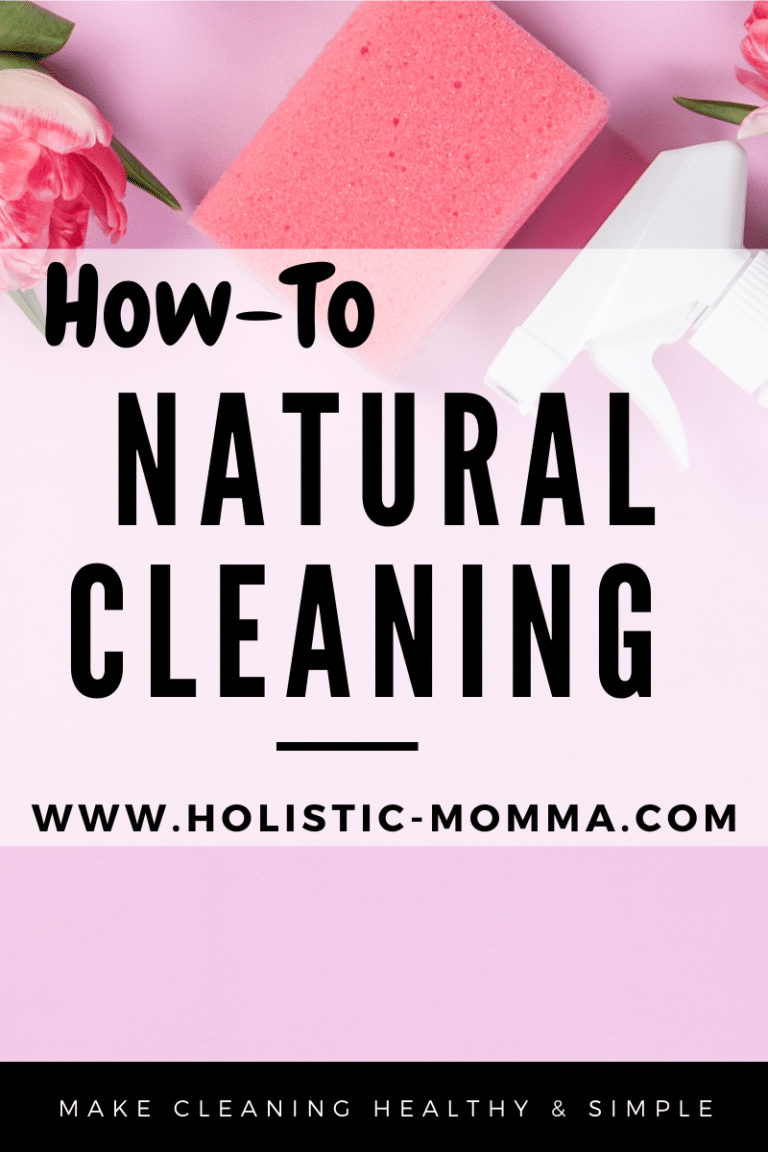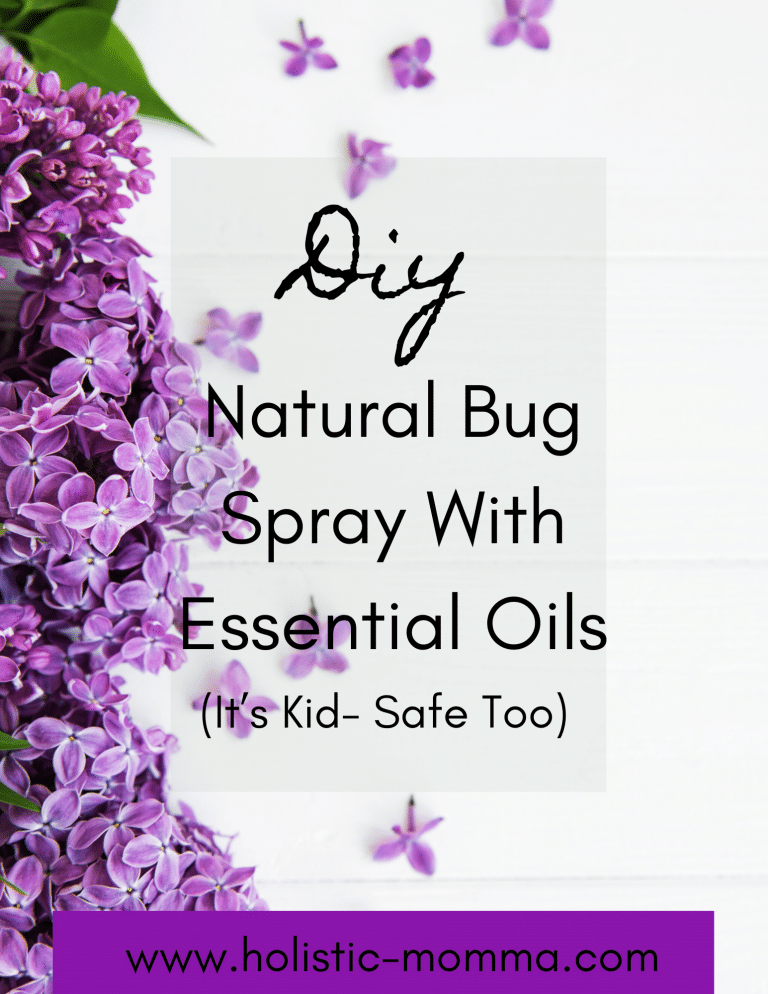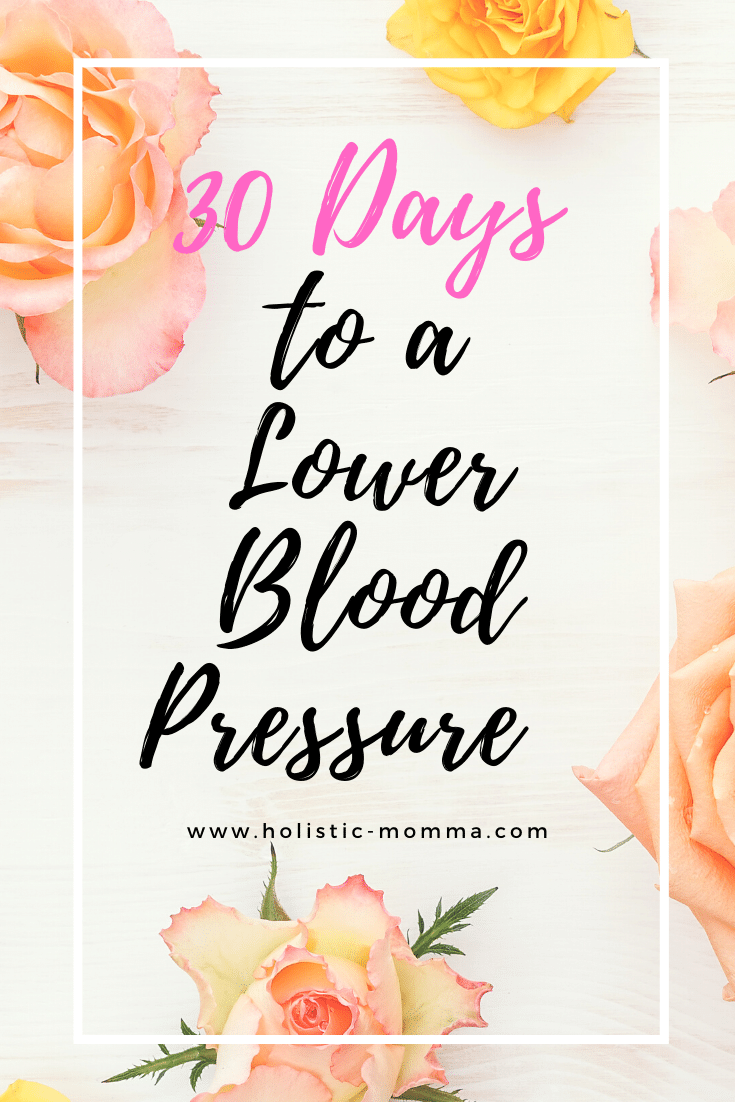Natural Cleaning (DIY)
Cleaning products can be expensive, making it hard to breathe when you are using them, and cause serious allergic reactions. Firstly, last week I wrote a blog post about natural cleaning products you should try and ingredients to avoid. However, you can read about them here, but if you don’t want to spend extra moola. DIY Natural Cleaning is a must! Essential oils, vitamins and clean air can simplify your cleaning regimen.
I get tired of trying to research if a product has clean enough ingredients or if I could die from some strange disease. If I use it 3 times a day for 2 and a half days and… you get the point.
Table of Contents
So here’s what I’m going to cover on natural cleaning:
- What does disinfecting mean?
- What foods or natural ingredients can actually clean?
- Evidence of cleaning abilities
- Recipes for Natural Cleaning
- Where you can find these ingredients
Now let’s get started!
Most ingredients that the CDC recommends to disinfect are ingredients like Chlorine and Formaldehyde. These are harmful to our lungs and you can find out more about harmful ingredients from my last blog post here.
** FYI I do get a teeny tiny percentage of the sales if you purchase any of the products I recommend on this page. However, the recommendations are my preferences**
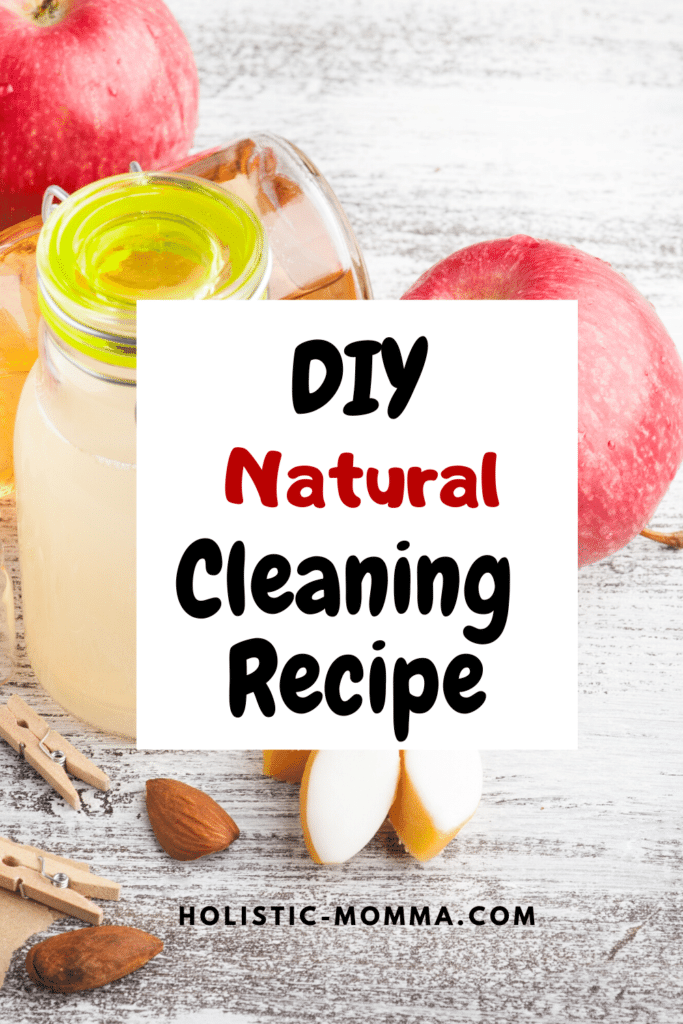
What is a disinfectant?
The EPA says it is a product used to inactivate bacteria or fungi. However, it does not necessarily get their spores. (Beyer, 2020)
To simplify it for you, there are different terms in reference to cleaning. Such as sterilize, sanitize, and disinfect.
Sterilizing is using heat to remove pathogens.
Sanitizers reduce microorganisms. In addition, sanitize means to clean filth or pathogens that may be harmful. (Beyer, 2020)
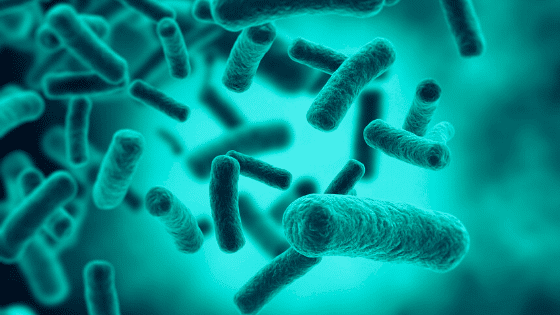
What foods/ nutrients fight infection?
First off, there are numerous foods, vitamins, and nutrients that have immune-boosting effects. In addition, they can have properties such as being antimicrobial, antiviral and antibacterial.
Vitamin D
“Vitamin D, acting through this receptor, may be important in protection against respiratory infections.” (Zdrenghea, et al., 2017)
Furthermore, patients who are deficient in vitamin D are more likely to have respiratory diseases or infections. This vitamin is also antimicrobial and antiviral.

Coconut Oil
This fruit is a popular for weight loss, beauty staple and now even a cleaner.
Likewise, coconut oil is antiviral and antibacterial. It is found in numerous beauty products, including my favorite cleaner! Castile soap, which uses coconut oil in addition to essential oils to give it’s cleaning power.
“Lauric acid (LA) (C12) contained in VCO was reported to have antibacterial activities” (Widianingrum, Noviandi, & Salasia, 2019)
Meaning lauric acid which is one of the immune-supporting components of Virgin Coconut Oil. Has shown to have antibacterial properties.
Furthermore, a study done “concluded that the VCO could inhibit the growth of Staphylococcus aureus” (Widianingrum, Noviandi, & Salasia, 2019)
Even more, read about coconut oil’s uses here.
Apple Cider Vinegar
First of all Apple Cider Vinegar is found at in grocery stores down your vinegar aisle. WebMD says ACV is simply crushed apples that are fermented.
Love it! Such simple ingredients, you can’t go wrong.
Another reason I love it is because of it’s strong antibacterial activity. (Pubmed, 2011)
Fungal infections that naturally grow in the body include Candida. An overgrowth of bacteria, often causing symptoms such as:
- Itchy Skin
- Yeast Infection
- Oral Thrush
- Low Libido
- Headaches
So, ACV is a great natural cleaner, because of it’s additional antimicrobial potential. (Yagnik, Serafin, & J Shah, 2018)
Essential Oils
You may have heard something about the healing benefits of essential oils. The uses for these aromatic oils are limitless. Find out more here.
But what about their uses for cleaning?
““Essential oils have also been shown to inhibit the growth of drug-resistant microbial strains which are even difficult to be treated by conventional antibiotics. “
-(Tariq, et al., 2019)
Furthermore, the mechanisms essential oils use include the following.
They cause cell death in fungal pathogens and breaking down of membranes in bacterial pathogens. (Tariq, et al., 2019)
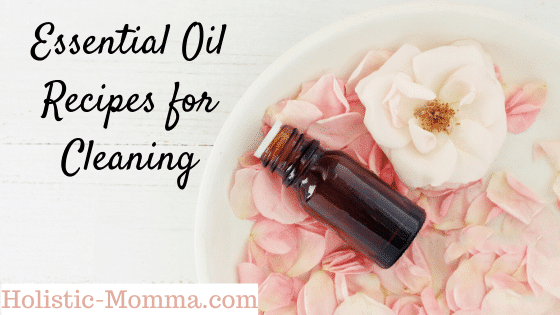
Essential Oil Recipes For Cleaning
First of all, I like to make my natural cleaning recipes as simple as possible.
So, for the essential oil recipe I only chose 5 ingredients.
- 1 cup Hot Water
- 1 Cup Apple Cider Vinegar
- 5 Drops Lemon Essential Oil (uplifting & energizing)
- 5 Drops Tangerine Essential Oil (mood-boosting)
- 3 Drops Tea Tree Essential Oil (supports immune, fighting infections)
After that, I combine all of those ingredients in a spray bottle or mop bucket. (just depending on what I am using it for)
Use a microfiber cloth to minimize waste and keep from damaging wood surfaces.
Now on to my next DIY natural cleaning recipe.
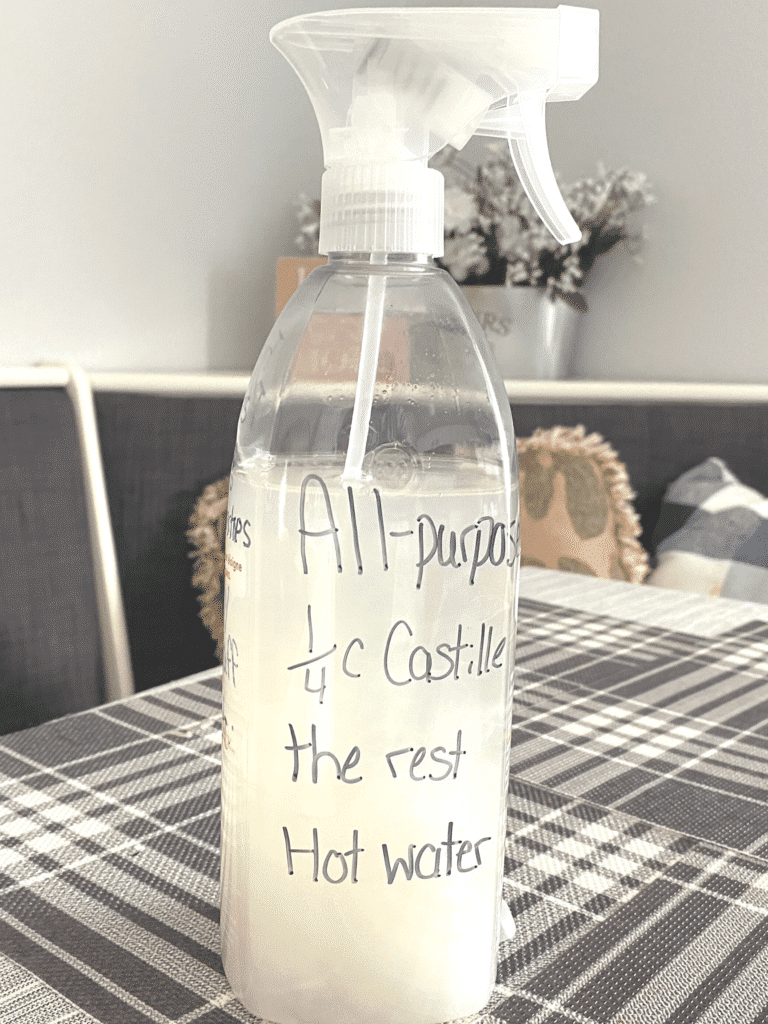
Dr. Bronner’s Castile Soap Recipe
This one is listed on Dr. Bronner’s Castile Bottle. So, I made it and took a picture of it so you guys know what it looks like.
One of the main ingredients in Castille Soap is Coconut Oil. Which I mentioned above, it is antiviral and antibacterial.
This gives you no excuse NOT to start natural cleaning.
To Get Updates On New Blog Posts Subscribe Below!
Originally posted 2020-04-23 08:46:00.
Megan Santiago
Latest posts by Megan Santiago (see all)
- How to Find a Trauma Therapist in Tampa - September 30, 2024
- Get Your Child to Listen: A Clear-Cut Way To Feel Heard - March 10, 2024
- Help With Bills – How to Get Financial Assistance - March 10, 2024
